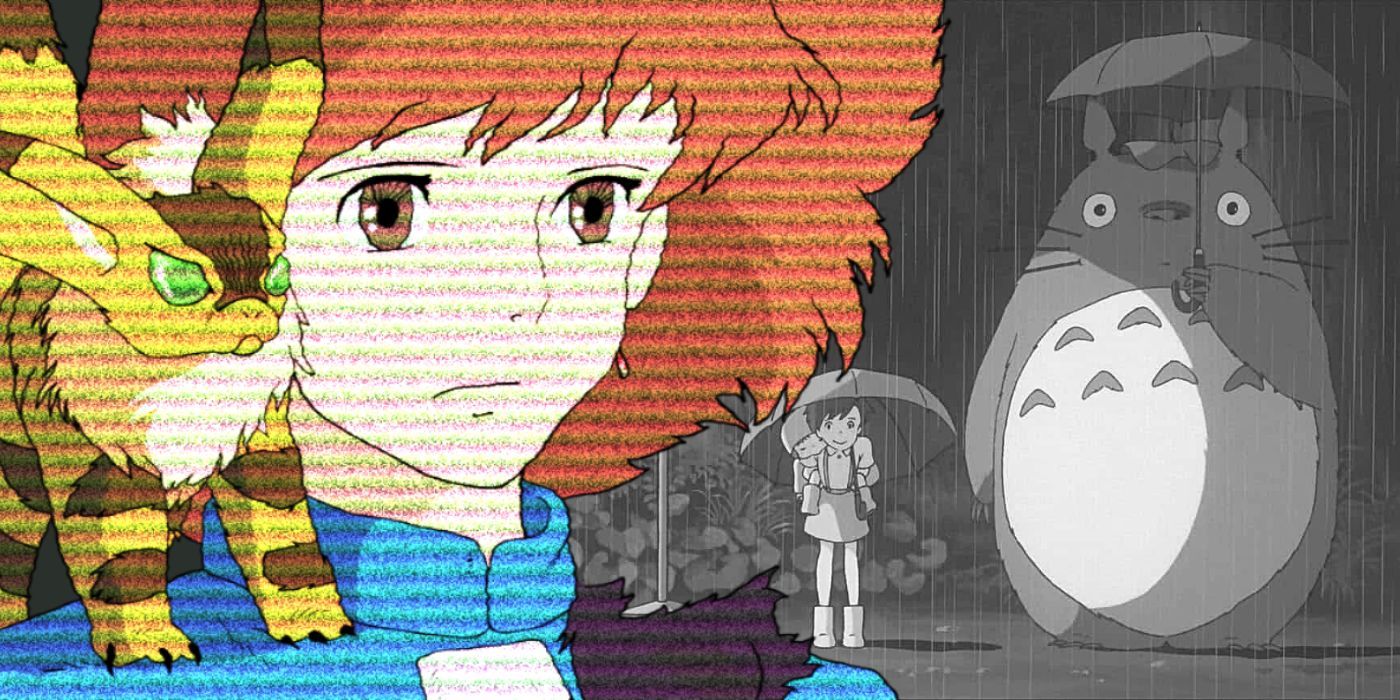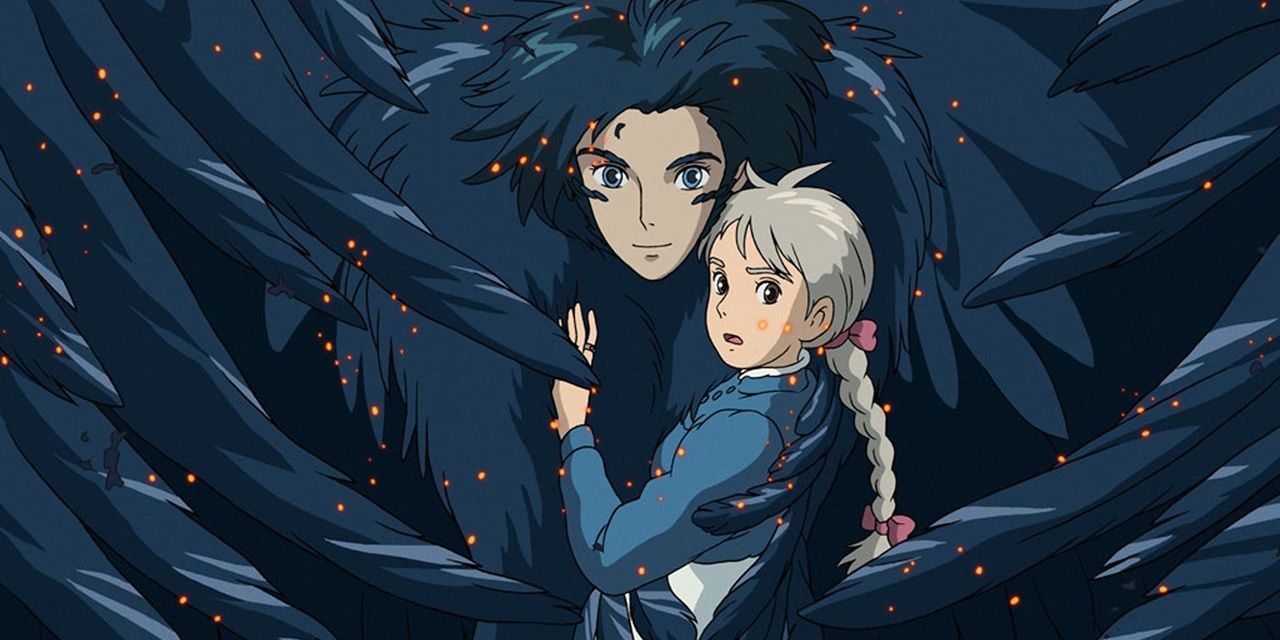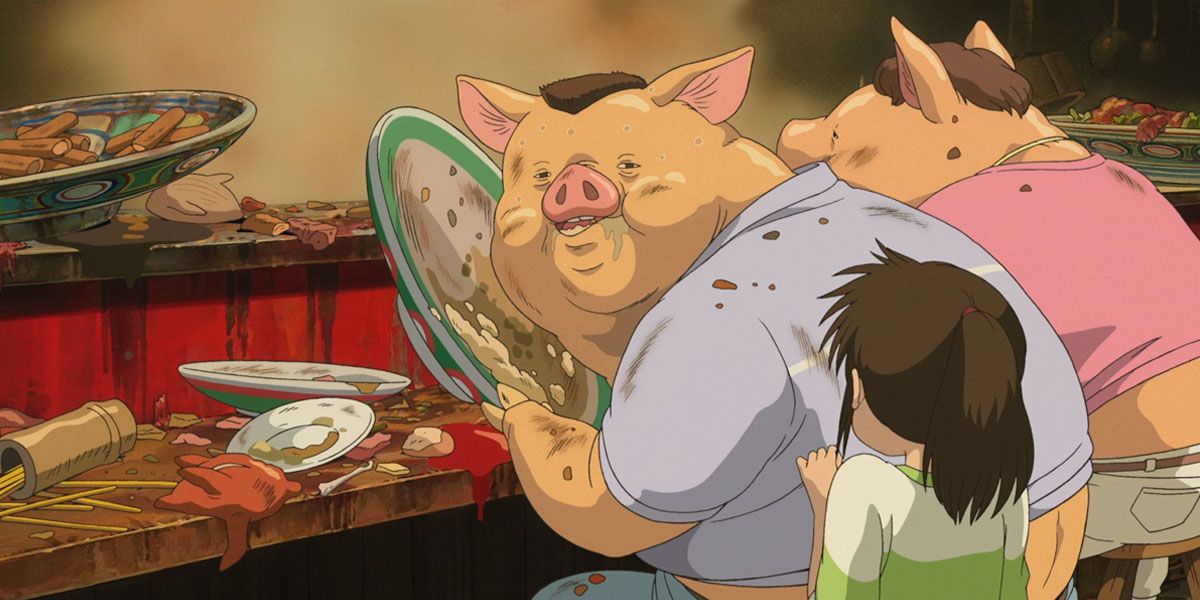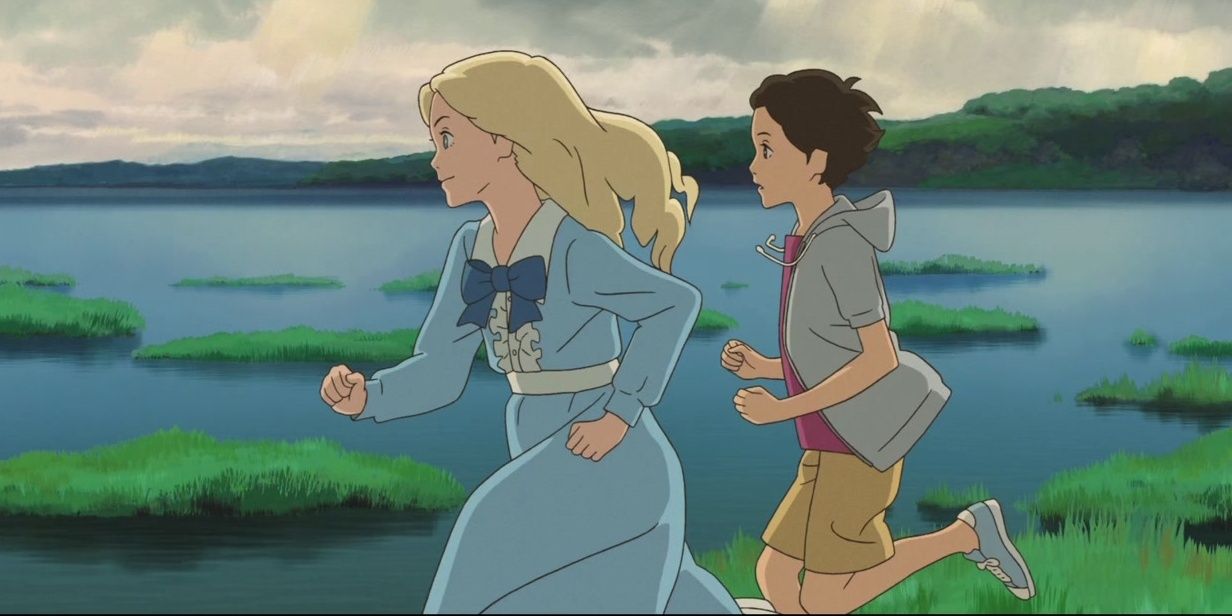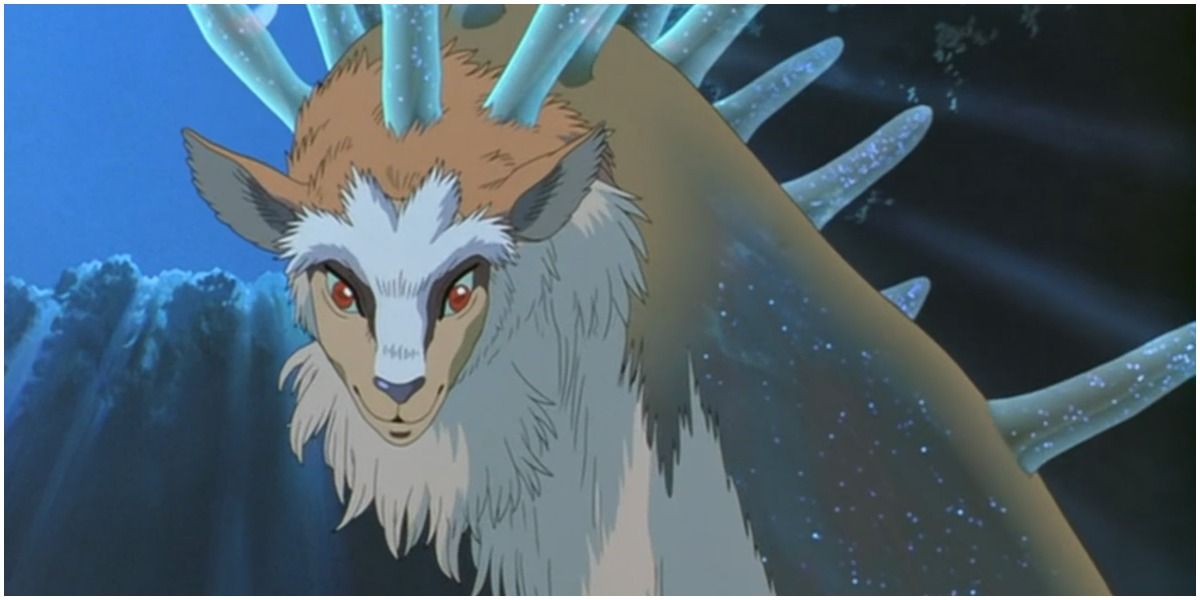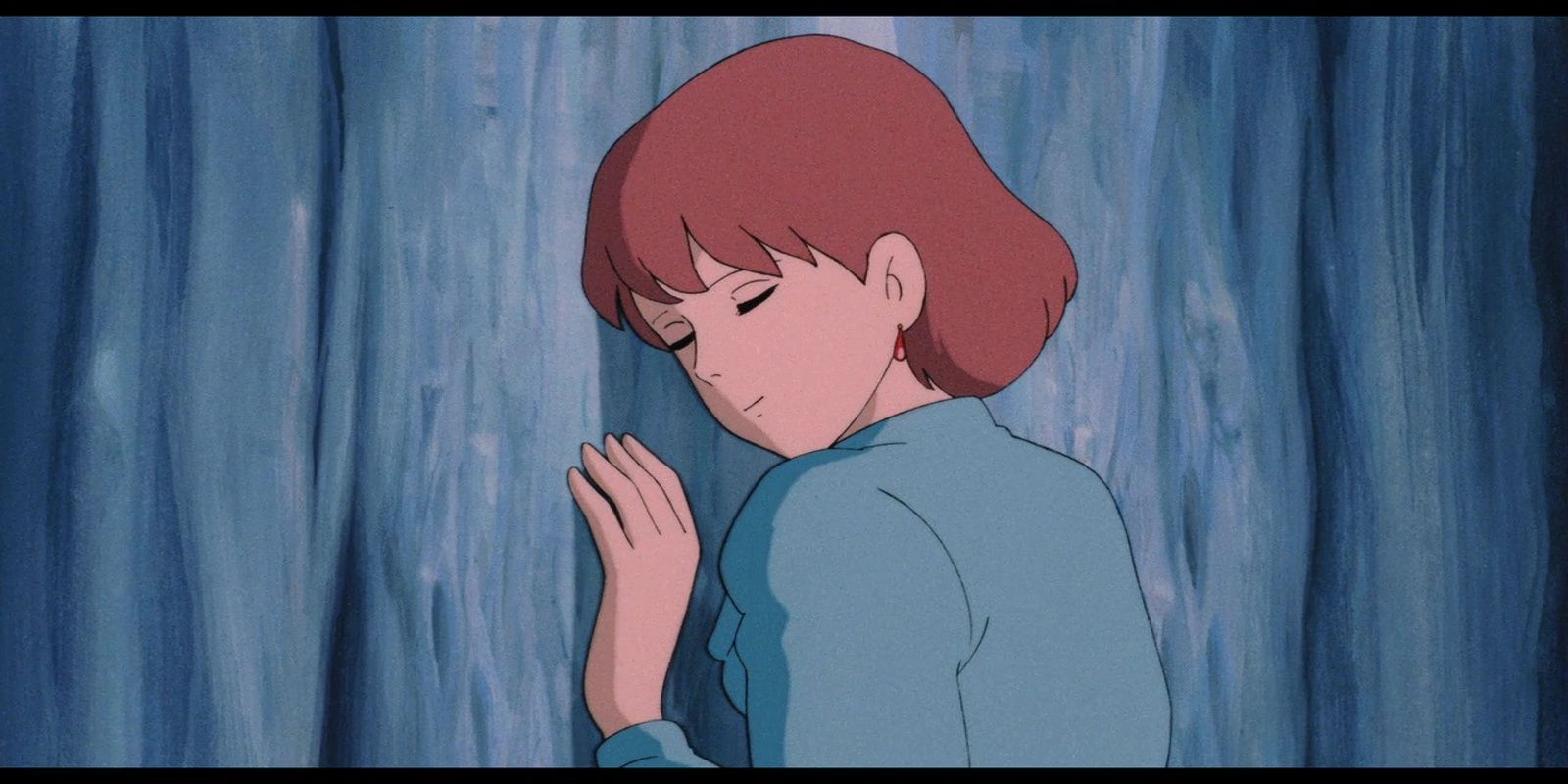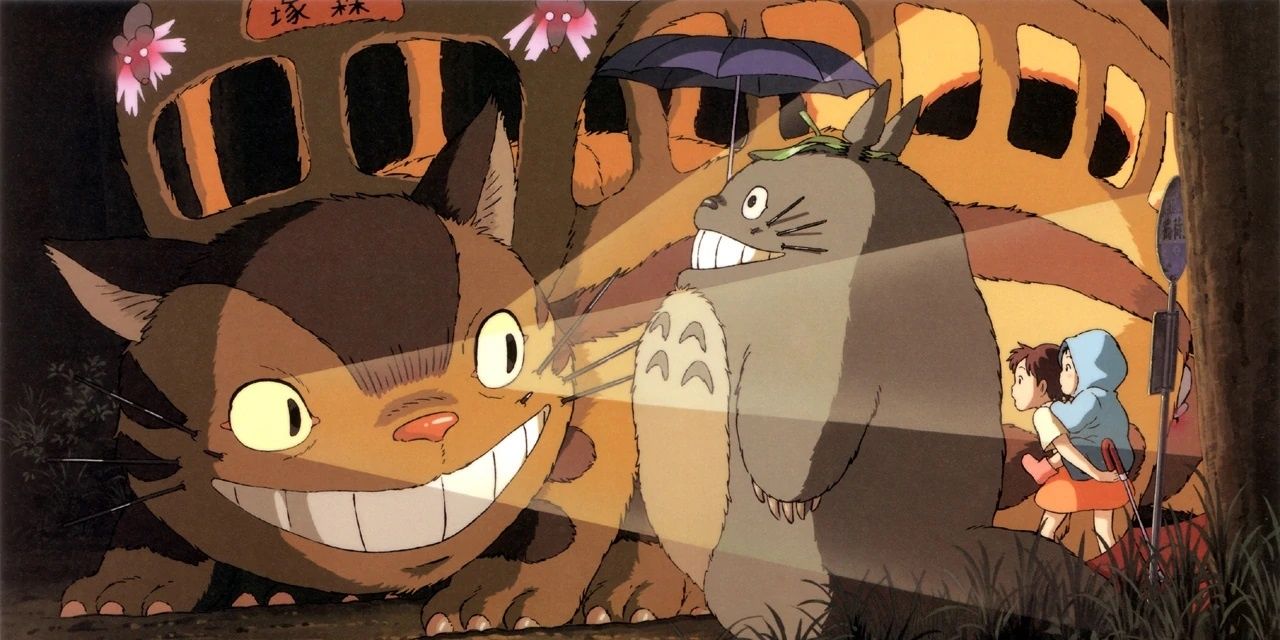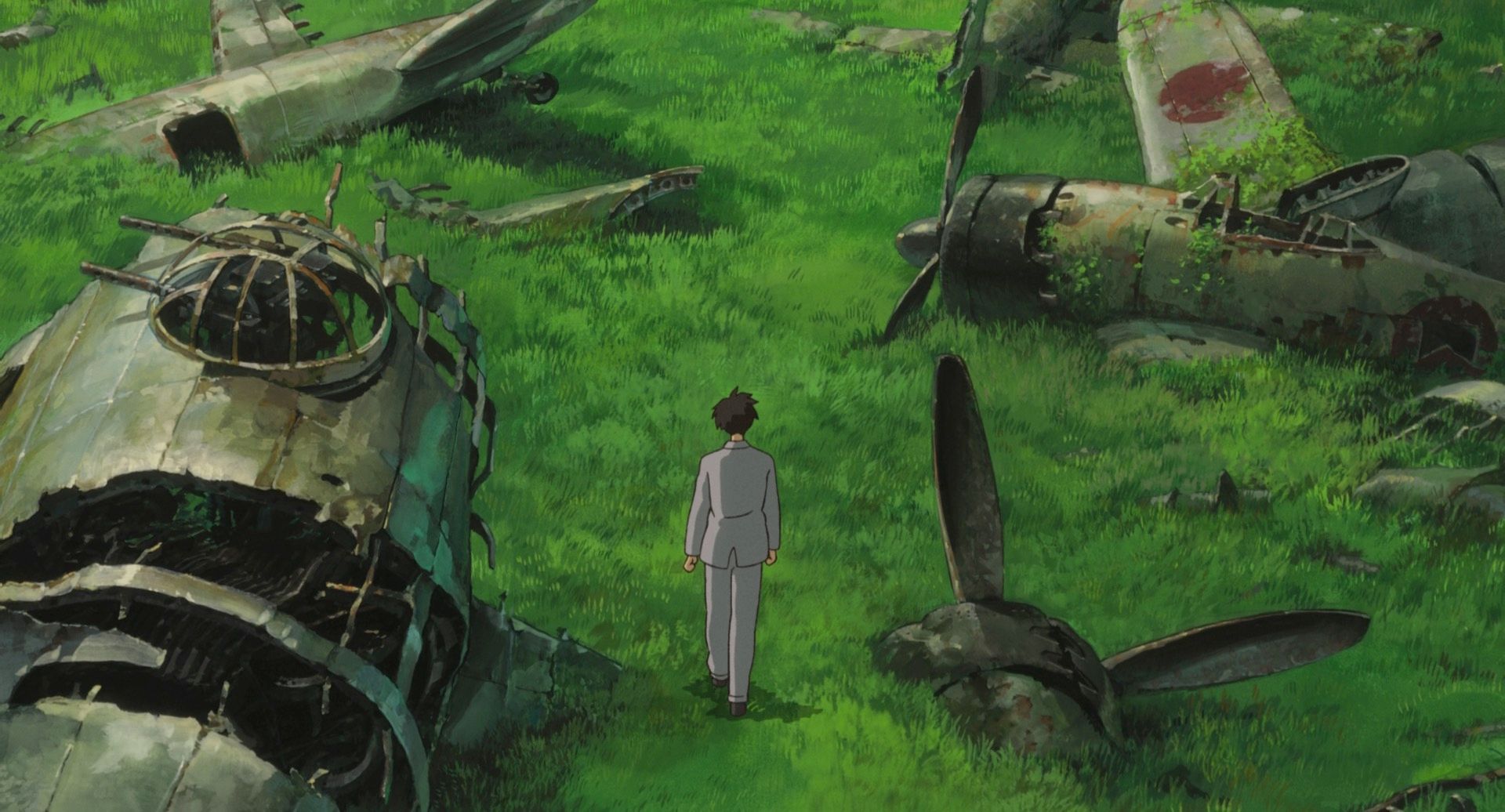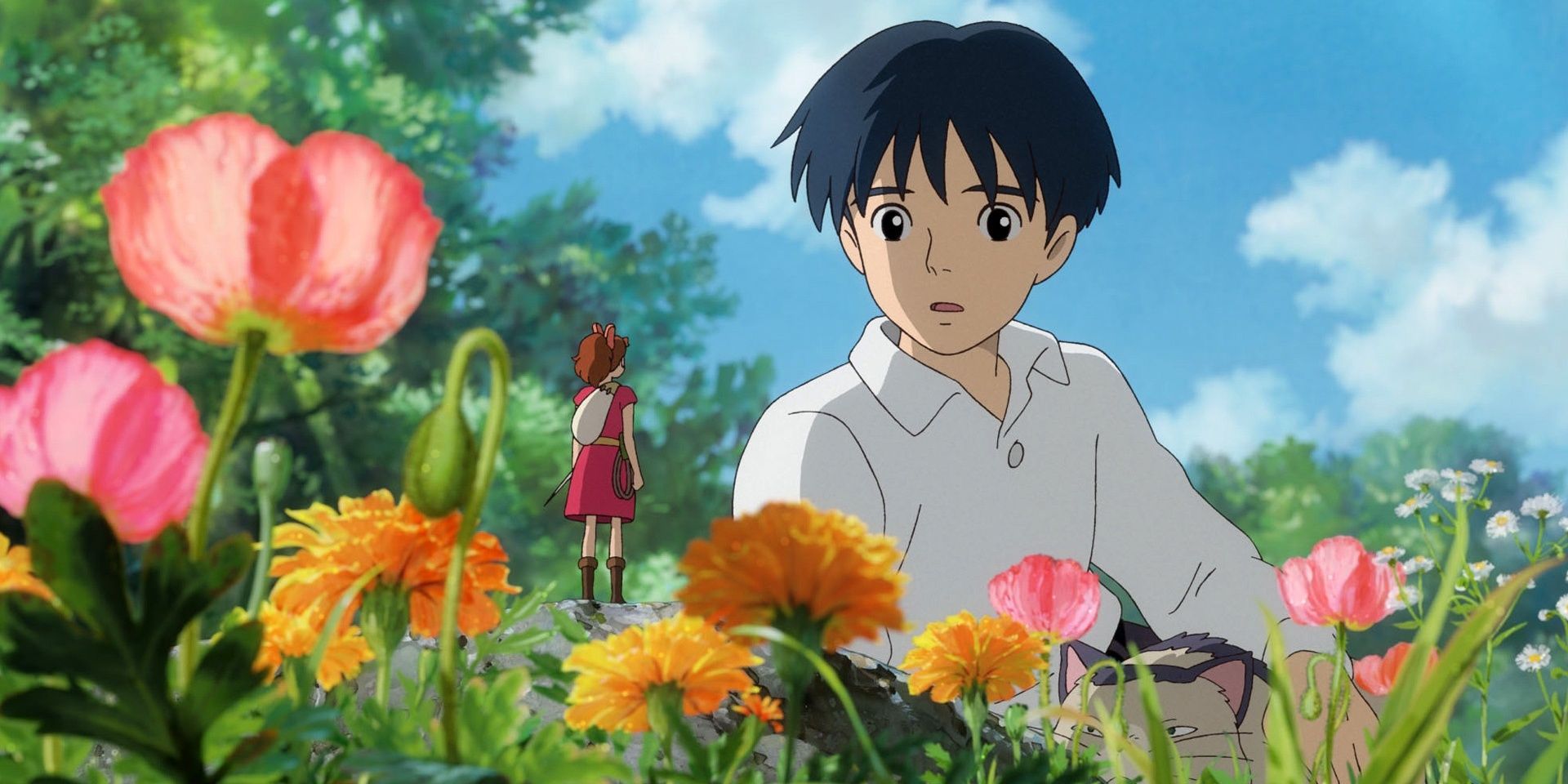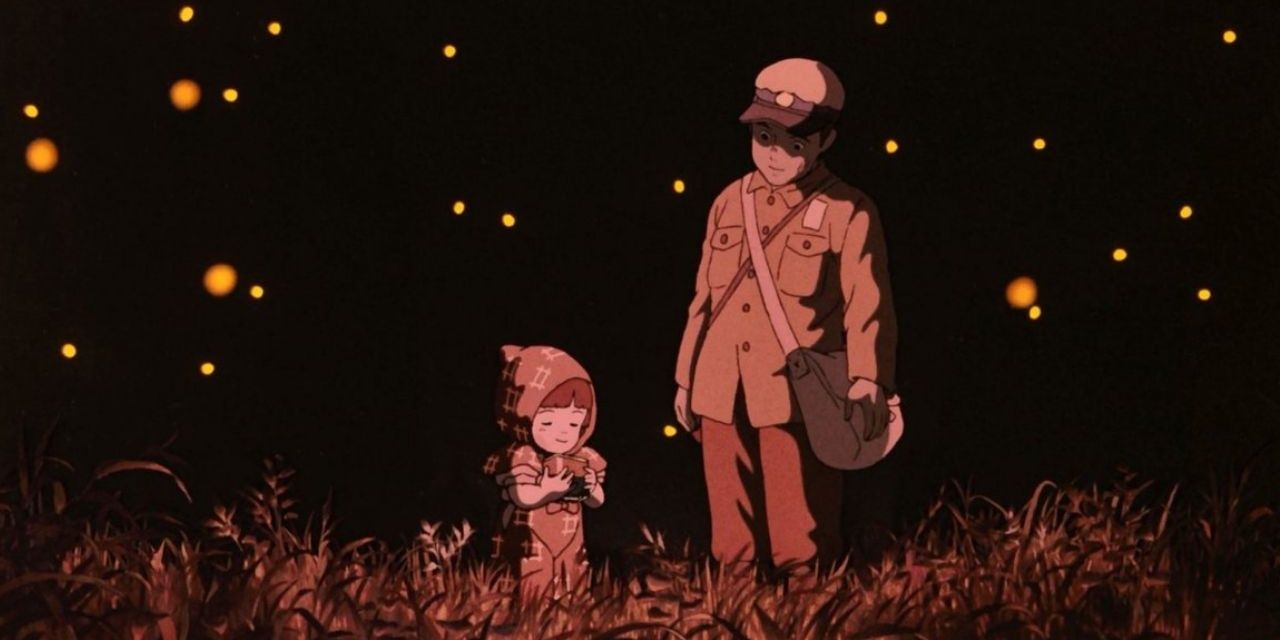It's not uncommon to hear older generations complain that modern children's films lack the grit of older ones, perhaps without considering that all films are a reflection of the eras that produce them. The best animated films aren't determined by the decade they were made in, but by how well they capture humanity's many faces.
Few studios have managed to look deeper into the human psyche than Studio Ghibli, whose creators aren't afraid to explore whimsy and woe in equal measure. But what makes Ghibli films feel timeless are the underlying themes that cut deeper, digging into the primal fears that define humanity. It's only by exploring these emotions that people can grow from them, and that's just one reason Ghibli films are formative for so many audiences.
9 War Transforms Participants Into Monsters (Howl's Moving Castle)
Howl's Moving Castle is one of the most romantic Ghibli films. Howl and Sophie are two souls who need each other, flawed but fundamentally trying to be good people in a world that doesn't make it easy. Given the strength of the romance, some of the film's nuance isn't appreciated on a first watch. Among them is a familiar anti-war sentiment that's threaded through almost every Miyazaki title.
In this case, the taint of war is part of the world-building rather than the core of the story. Wizards like Howl are called on to fight in wars, and many of them have turned into literal beasts as a result. Only Sophie's grounding presence saves Howl from a similar fate. The suggestion is clear: war is fundamentally dehumanizing, and recovery is almost impossible without immense support.
8 Chihiro's Family Is Missing For A Long Time, And They Aren't The Only Ones (Spirited Away)
Spirited Away is unabashedly dark as it is magical, a film that doesn't disguise how terrifying growing up can be. Chihiro is trapped in a world populated by spirits that are genuinely frightening. But rather than cowering in fear, Chihiro embraces her role in this strange new realm, hoping to save her parents from a cruel fate. Her parents have been transformed into livestock, their greed making pigs of them the moment they devoured the Ghibli equivalent of fairy food.
But Chihiro's parents are far from the only pigs in the corrals. It is possible that every one of those pigs was once a person. Viewers must wonder how many other children have been spirited away. Perhaps missing children have been lost in the bathhouse for decades, and have hardly noticed the passage of time. After all, when Chihiro and her parents finally leave the spirit world, the overgrowth on the path and the debris on their car suggests they've been gone for weeks, if not months.
7 We May Never Meet The People We Would Have Loved The Most (When Marnie Was There)
When Marnie Was There explores a theme that's difficult to name, a singular, haunting thought that traverses every mind at some point: the longing to have met and known someone who died long before one's own existence. In Anna Sasaki's case, that person is a dear relative. But before that revelation, the movie can be interpreted as a queer story, too.
Growing up as an outcast can make anyone wonder what life might have been like in another era or if they were accompanied by a kindred spirit. Unfortunately, human beings are powerless to choose the decade they live in. Sometimes, only in a daydream can people find another soul who understands them.
6 Civilization Is The Fundamental Enemy Of Nature (Princess Mononoke)
Humanity is rarely the protagonist in Ghibli movies. In fact, more often than not, humanity is responsible for wrecking the world. Nowhere is this theme better showcased than in Princess Mononoke. Every conflict in the film stems from mankind interfering with the natural world, with devastating consequences. The boar that attacks Ashitaka does so because an iron bullet has cursed it. And in any other film, Lady Ebisu would be the clear-cut hero, a fierce warrior who has created a sanctuary for outcasts
But the price of that sanctuary cutting down an ancient, magical forest. This suggests that, even with the best of intentions, human beings destroy the world that provides for them. As bleak as this outlook may seem, it's counteracted by the sheer beauty of the world presented. More than anything, Princess Mononoke wants humanity to keep trying, even if it's ultimately a doomed attempt.
5 The World Has Become A Post-Apocalyptic Nuclear Wasteland, But Humanity Has Yet To Learn (Nausicaa)
On the surface, aspects of Nausicaa are optimistic. Set in a post-nuclear landscape, the story is a testament to human tenacity. Nausicaa lives in a kingdom that has persisted despite its proximity to the toxic jungle.
But humanity is still looking for a savior, and still seems incapable of achieving peace on its own. Even nuclear war couldn't teach people to get along with nature. There's cause for optimism, but the message of clear. People will have to try extremely hard to be better, and most are not willing to.
4 Totoro May Be Symbolic Of Death (My Neighbor Totoro)
Though this popular fan theory has been roundly rejected by the studio, there's no denying the eerie connections between My Neighbor Totoro and a 1960s murder known as the Sayama Incident. Sometimes creators weave unintended threads into their stories, but the correlations here are downright eerie. Both the real-life murder and the movie take place in Sayama, Saitama, within a decade of each other.
In Totoro, Satsuki tries tirelessly to find her missing little sister Mei. In reality, Yoshie Nataka, the murder victim's older sister tried to save her by paying her kidnapper a ransom. While these may be uncomfortable coincidences, the film hardly shies away from morbid themes. The Cat-Bus stops at a station that translates into "grave road," and the girls' mother is chronically ill, seen only in a hospital bed. Though the overarching story is optimistic, there looms on the horizon the promise that childhood innocence cannot last forever, that it is as fleeting as summer in the countryside.
3 Creative Genius Is Often Misused To Harm Others (The Wind Rises)
The Wind Rises treads difficult ground as a biographical film inspired by the life of Jiro Horikoshi, an engineer who designed two warplanes for the Japanese army during WWII, models which were later used in kamikaze missions.
Those planes helped kill thousands of people during a war that Japan fought on the wrong side of, but the film is hardly about the war as much as it is about a creator trying to bring a dream to life. However, his creation comes at the expense of death, and his life's work becomes a tool for destruction. Such complex themes are rarely explored in any medium, let alone in animation.
2 Sometimes, Cultural Divides Are Too Great To Overcome (Arietty)
Ghibli does not believe in happy endings with the same conviction that other studios seem to. In Arrietty, for instance, there must have been some temptation to end the film more joyously, perhaps with humanity and the tiny Borrowers getting along despite their differences.
Instead, Arrietty and her family leave their home behind once they learn that the humans plan to exterminate them via pest-control services. Fundamentally, despite the bond that forms between a human boy and a borrower girl, these two peoples seem incapable of reconciling.
1 Younger Generations Bear The Brunt Of The Older Generations' Mistakes (Grave of the Fireflies)
Ultimately, children must fend for themselves in every Ghibli film. Never is this struggle so literal as in Grave of the Fireflies, often cited as one of the saddest films ever made. Both protagonists are children, and both suffer simply because they are born into a world at war.
The outcome isn't surprising, but it is blunt, and that makes it only more difficult to watch. Grave of the Fireflies reveals a truth many would be happier to ignore: when people destroy the world, it's the younger generations that bear the terrible brunt of that destruction. It's the future itself that's being maimed.

